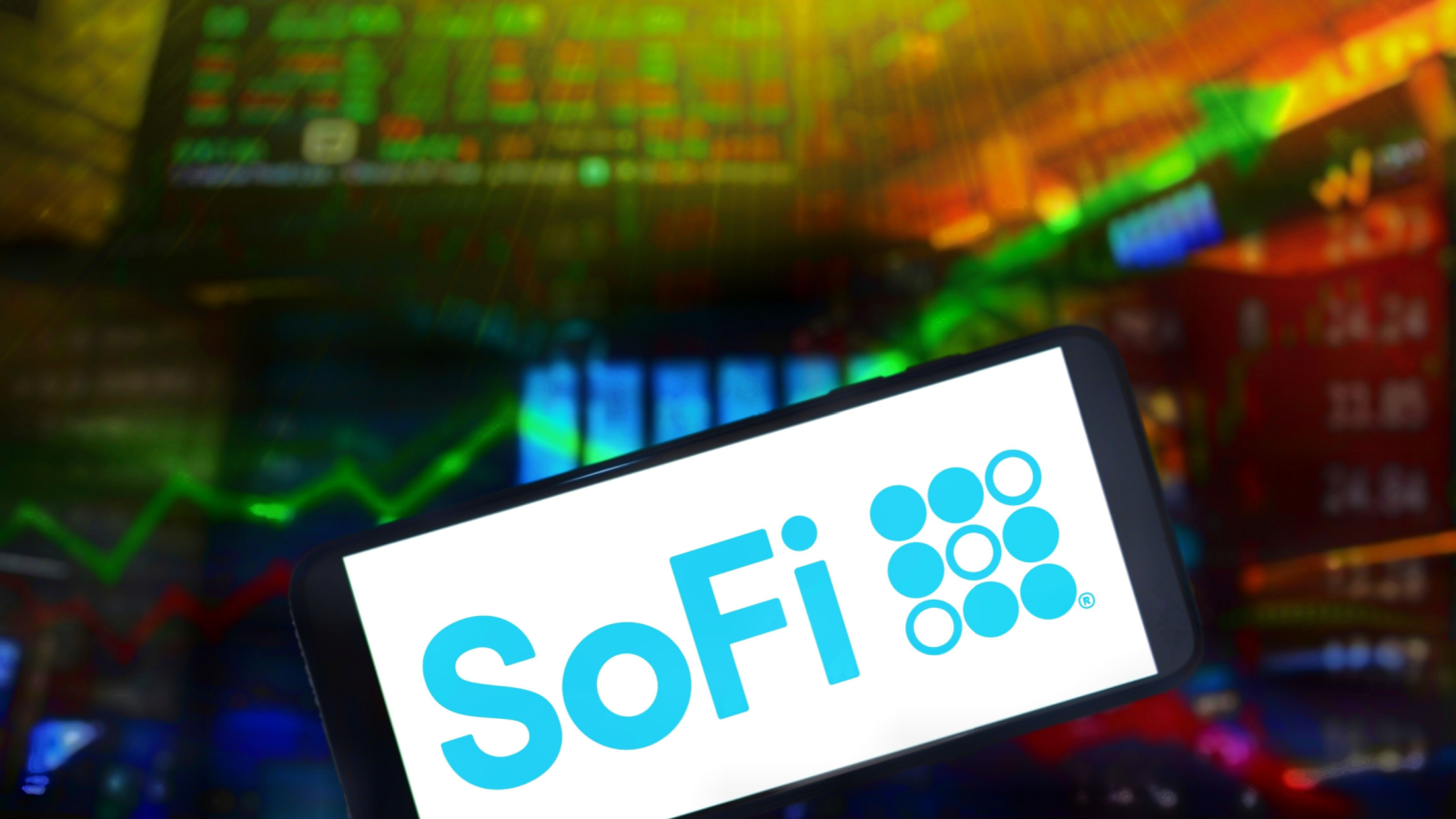
Regarding SoFi Technologies (NASDAQ:SOFI), the California fintech building a financial ecosystem to compete with the biggest players in financial services, I’m bullish about SOFI stock.
However, it always helps to be the devil’s advocate occasionally to become a better investor.
InvestorPlace contributor Louis Navellier and the top-notch InvestorPlace research staff recently discussed why SOFI is a fintech futurist’s hidden gem.
Navellier et al. are bullish about its future. They mentioned multiple catalysts in their argument for buying SOFI stock.
While challenging, I’ll provide the bearish argument for these catalysts. By the end, I’ll decide who’s made the better case. I think I can be objective enough to tackle the task.
I do know by looking at its chart since going public in 2020 that the bottom appears to be found in the high $4s or low $5s, suggesting the worst is behind it.
Lower Interest Rates and SOFI Stock
It’s not an original argument to say that lower interest rates will enable SoFi to lend more. That argument applies to every bank that competes for lending business in America.
I remember when all the talk was about how banks would benefit from higher interest rates. In November 2021, DBRS Morningstar took a closer look at the impact of rising rates on Canadian banks’ profitability.
“Rising interest rates are a positive for banks, as their balance sheets are asset-sensitive (assets will reprice higher faster than liabilities). Thus, net interest margins should expand, bolstering profitability,” Carl De Souza, DBRS Morningstar Senior Vice President, North American Financial Institutions, said.
De Souza suggested that higher interest payments pressure a borrower’s ability to service the debt. So, there is a point at which banks don’t benefit from higher interest charges.
I wasn’t very good at economics in high school, but the idea of marginal utility stuck with me. Defined as the “additional satisfaction that a customer gains from consuming one more unit of a good or service,” it makes sense that as interest rates rise, the demand for loans falls, representing the law of diminishing marginal utility. Conversely, as interest rates fall, demand for loans rises.
However, if you look at SoFi’s Q3 2023 results, the company’s net interest margin on its $22.9 billion interest-earning assets was 5.99%, 13 basis points higher than a year earlier. The average interest rate earned on those assets was 9.79%, 244 basis points higher than a year earlier.
Even though its interest expense in the third quarter was double a year ago, 4.44% vs. 2.14%, it still made more money on each dollar of those assets.
That’s a good thing.
Student Loan Repayments Are Back On
The pause on student loan payments lasted 42 months.
Numerous articles have been written about how SoFi will benefit from the return to a more normal student loan environment, including InvestorPlace contributor Larry Ramer’s Oct. 30 article about how it’s taking SOFI stock higher.
As a result of the resumption of payments, the company’s originations to its student loan portfolio increased to $919 million in the third quarter, 101% higher than a year earlier. However, as Ramer points out through CEO Anthony Neto’s comments, 67% of SoFi’s net revenue growth was from nonlending businesses, having little to do with student loans.
Further, if you go to pg. 72 of its Q3 202,23 10-Q, you’ll see that the interest income recognized for the student loans in the quarter (based on the weighted average interest rate of 5.17%) was $72.1 million, about 15% of the interest earned from its personal loans (13.57% average interest rate).
So, while the student loan business got a lot of press in the past 42 months, it isn’t nearly as crucial to SoFi’s business as people think. Neto’s comments bear this out.
Morgan Stanley’s Upgrade Wasn’t Much
Navellier pointed out that Morgan Stanley’s analysts recently upgraded SOFI stock from Underweight to Market Weight. However, this is the equivalent of a Hold rating, which means the bank is sitting on its hands, waiting for an unmistakable signal to get on or off the bandwagon.
Morgan Stanley feels that the company’s non-lending business will accelerate in 2024 to make up for any slowdown in the lending business. Further, they thought the risk/reward proposition with the stock around $7 was a better bet than when it was trading near $12 in July.
They’re saying, “It was way overvalued in July. Now, it’s just expensive.” That’s hardly an endorsement. The analysts’ price target of $7 is $2 below the median target price for the next 12 months.
That is not a ringing endorsement.
Returning to the 67% figure mentioned by Neto, its net revenue in Q3 2023 was $557.1 million, $121.7 million higher than Q3 2022. Of the $121.7 million, $74.4 million was from its Technology and Financial Services platforms. My calculation [$74.4M divided by $121.7M] comes up with 61%, but that’s close enough.
Bottom Line: I can see why analysts aren’t willing to go out on a limb for SOFI. It remains a business that’s yet to fully prove itself.
On the date of publication, Will Ashworth did not have (either directly or indirectly) any positions in the securities mentioned in this article. The opinions expressed in this article are those of the writer, subject to the InvestorPlace.com Publishing Guidelines.






